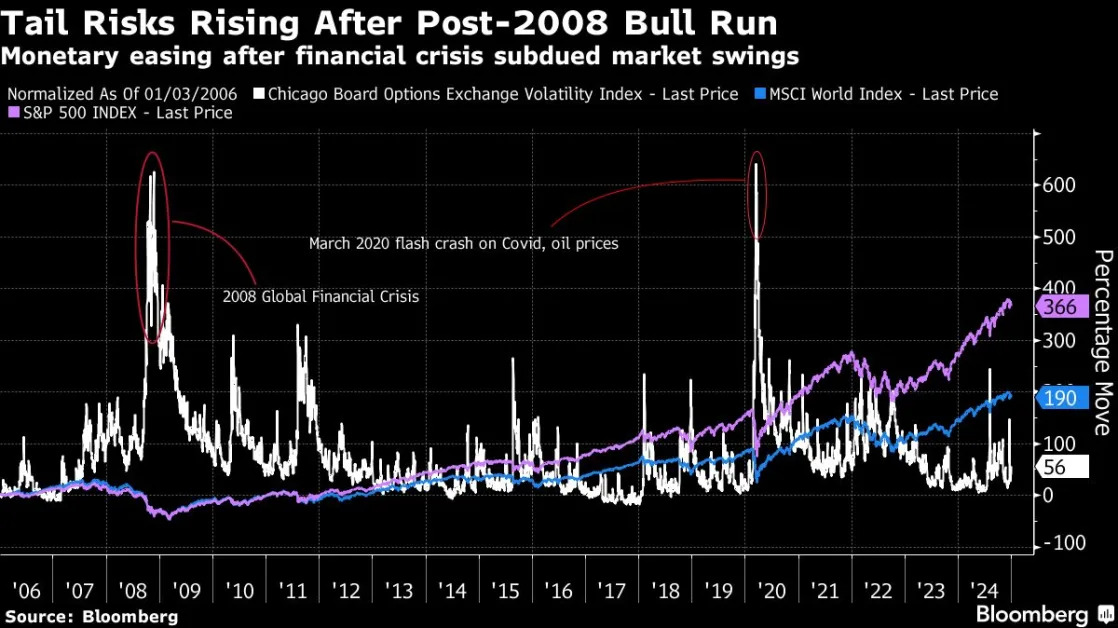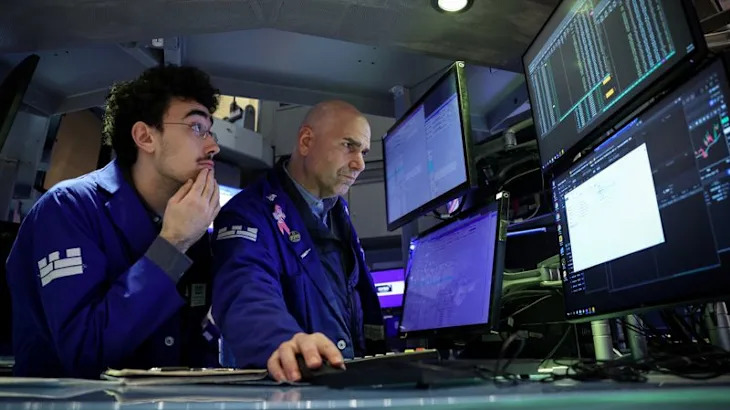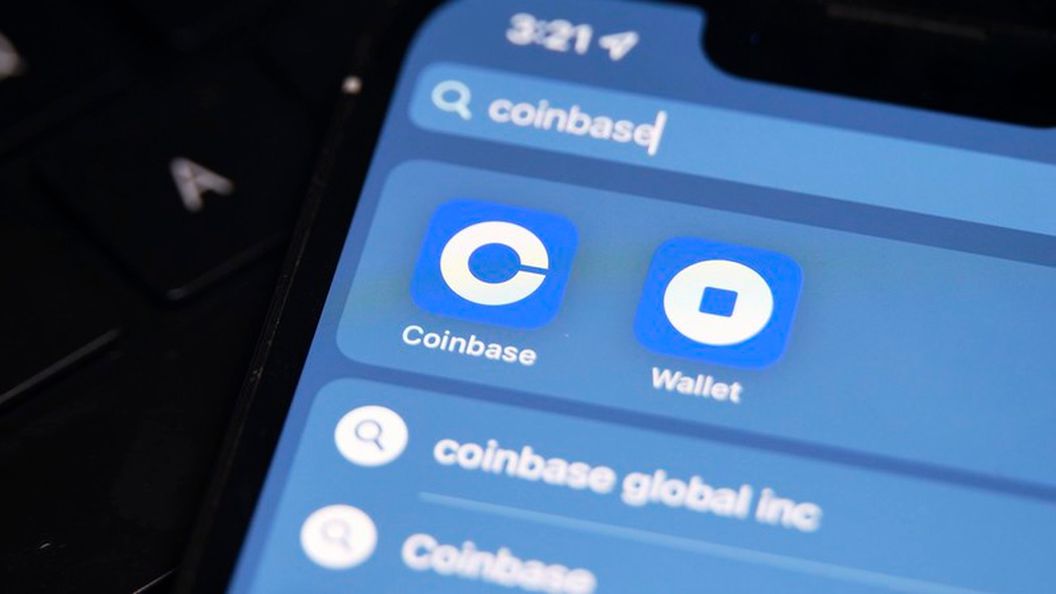(Bloomberg) -- Federal Reserve Bank of Atlanta President Raphael Bostic said he expects the US central bank will lower interest rates twice in 2025, though uncertainty around that projection has risen.
“While that’s my baseline expectation, there’s a lot that is going to happen that could influence that really in both directions,” Bostic said Thursday on a call with reporters.
In an essay also released Thursday, Bostic wrote that monetary policy was well positioned for the moment, but he cautioned that officials must remain vigilant amid heightened policy uncertainty that could affect the labor market and inflation.
“Monetary policy is in a good place and the economy is strong,” Bostic wrote in the piece. “Still, for various reasons, this is no time for complacency.”
In his discussion with the media, the Atlanta Fed chief emphasized the questions officials are confronting over the policy intentions of the new Trump administration.
High Uncertainty
“Right now, there is a lot of uncertainty about where some important factors are going to land,” he said, mentioning there may be changes to trade, immigration, energy and fiscal policies.
To punctuate the point, he added, “There is a decent chance that my outlook today is not going to be the same as it was six months from now.”
Policymakers left interest rates unchanged last month after lowering borrowing costs by a full percentage point in late 2024. Officials have said they want to see more progress on lowering inflation and more clarity on President Donald Trump’s policies before considering additional cuts.
Bostic said he believes there is still room for the Fed to cut rates before hitting the so-called neutral level — where rates neither stimulate nor restrain the economy. The central bank’s benchmark is currently in a range of 4.25% and 4.5%.
“I think we’re in moderately restrictive territory,” he told reporters. “I think neutral is somewhere from 3% and 3.5%.”
In his essay, Bostic said he supported last year’s rate cuts, adding it was appropriate to reduce restrictiveness as inflation came down from the peak reached in 2022 to protect the labor market. He said employment growth “has held up well,” and real wages are rising. But, he said, it’s becoming harder for unemployed people to find jobs and fewer people are quitting.
He also expressed confidence that inflation will return to the Fed’s 2% target, even if the path is bumpy. “While inflation remains above target, price stability is no longer quite the urgent concern it was next to a cooling-but-still-solid labor market,” he said.
Nonetheless, in his comments to reporters, Bostic expressed some concerns over price pressures.
“I still think the biggest risk is inflation,” he said. “As inflation has come way down, the risks to the mandates have come more into balance and so I’m more sensitive now to the possibility that we could get inflation at 2% without seeing a lot of damage in labor markets.”
He also noted that elevated uncertainty was worrying for firms in his district.
Some business contacts have expressed optimism, he said, about potential changes to taxes and regulation, but they’re also nervous about changes to trade and immigration policy.
Business Worries
“In a nutshell, contacts are concerned that tariffs could increase costs,” Bostic said, though he added that many business leaders are confident they can pass tariff costs along to their customers.
Some contacts are also concerned that mass deportations could shrink their labor supply, especially in construction and leisure and hospitality. “A sudden decline in the number of available workers could create unpredictable disruptions, contacts tell us, even among employers who do not typically employ large numbers of immigrants,” he said.
Minutes from the Fed’s January gathering released on Wednesday showed policymakers are intent on holding interest rates at restrictive levels until inflation declines further.
Bostic said Wednesday that some of Trump’s policies could boost inflation while others might spur investment, and he is comfortable with taking a pause to wait and see how the economy evolves.
Goolsbee
Chicago Fed President Austan Goolsbee, speaking at a separate event Thursday, said he was pleased with the economy before new policies and proposed changes from the Trump administration introduced new uncertainty to the picture.
“Before we got to the uncertainties from policy and from geopolitics and from some others, the overall thing looked pretty good to me,” Goolsbee said. “The unemployment rate is 4%, inflation had been coming down on a path to 2%.”
Goolsbee said policymakers will assess how policies on tariffs, taxes and immigration, among other things, influence the cooling of price growth and the overall economy.
--With assistance from Catarina Saraiva.
(Updates with Goolsbee comments in last three paragraphs.)





